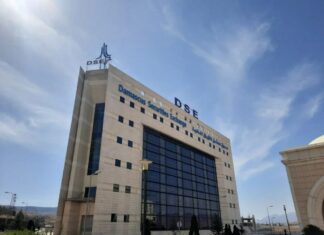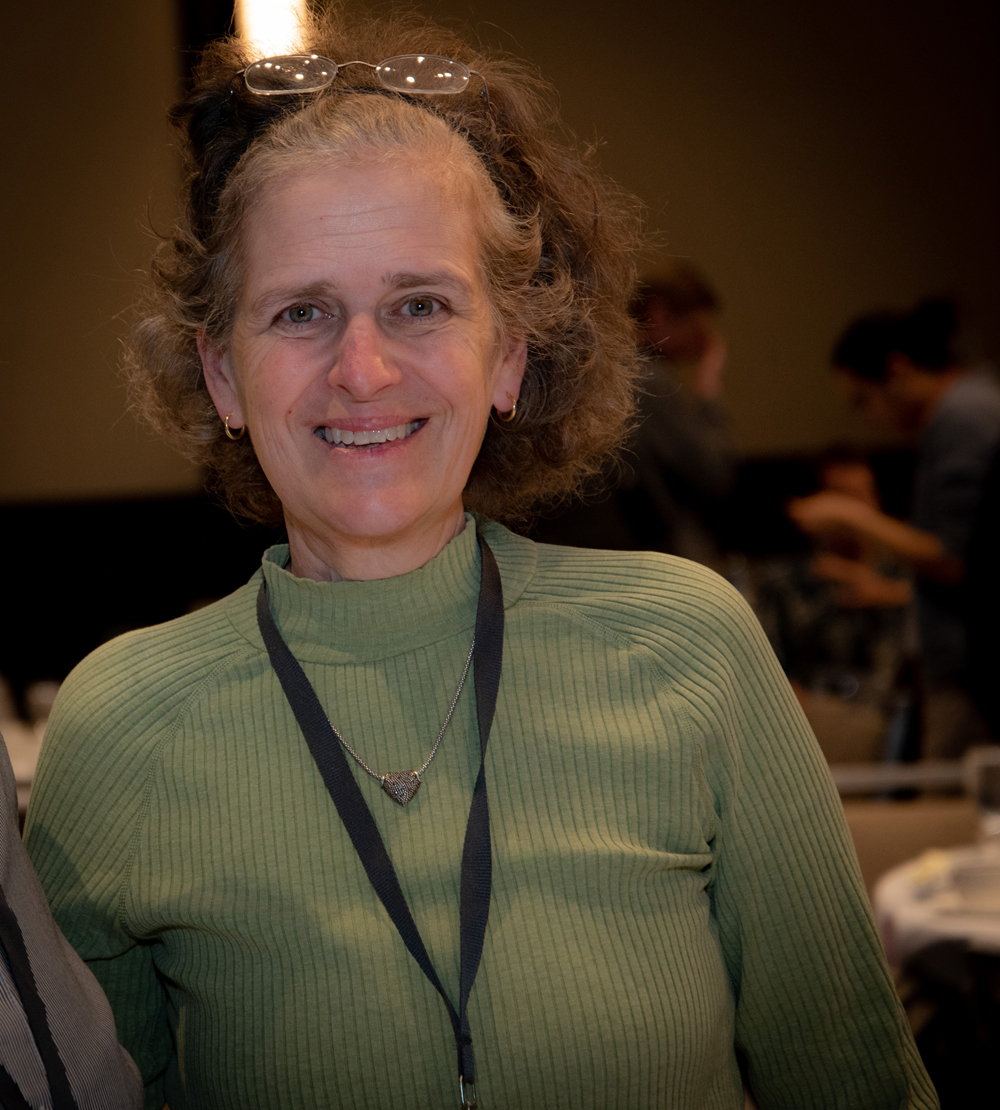
Levant 24 conducted an interview with Dr. Susan Hough, author of several books, papers, and articles on the subject of geology, seismology and earthquakes, the US based seismologist and chief scientist at the United States Geological Survey answered a number of questions regarding earthquakes and the event that has recently affected Turkey and Syria.
L24: How powerful was the seismic event which occurred in Turkey on February 6th and was it one or multiple earthquakes?
The main earthquake was magnitude (M) 7.8, a very large earthquake. Maybe the best way to appreciate the size is that the actual fault break extended approximately 300 km, mostly along the East Anatolian fault and maybe 50 km along the Dead Sea fault.
When an earthquake happens, it starts at a point and the rupture travels along a fault at about 3 km/second, so in the earthquake, the fault was moving for maybe 100 seconds. The entire fault doesn’t lurch at once — it’s like a ripple traveling down a carpet. But everywhere along that ripple sends energy into the crust.
The earthquake was so damaging because it was a shallow strike-slip fault. The closer people are to the fault that’s moving, the more severe the shaking. Part of the faults run very close to the border between Syria and Turkey, so both countries were hard hit. The M7.5 quake was an aftershock, meaning it was triggered by the initial M7.8. But in terms of its impact, an aftershock is no different from any other earthquake of its magnitude.
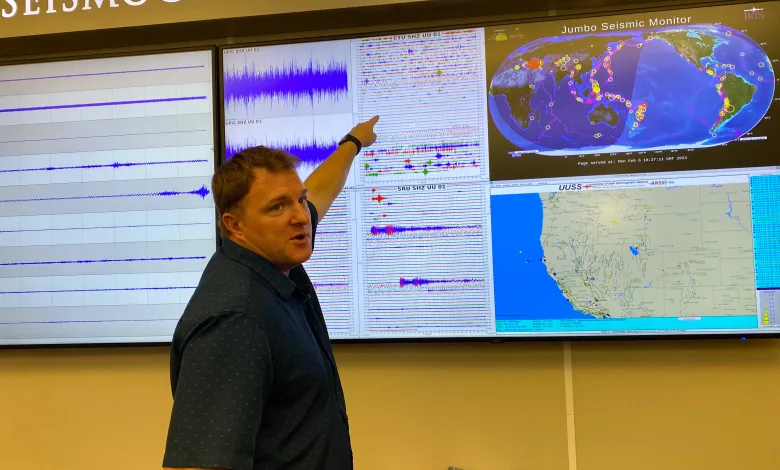
An aftershock is an earthquake that was triggered by an earlier larger event, within the zone where the mainshock disrupted the crust. The aftershock zone extends some distance from the mainshock rupture, and includes other faults in the area, not just the fault that broke in the mainshock. On average the largest aftershock is about 1-1.2 units smaller than the mainshock, but that’s only an average. The M7.5 was especially large, but not unprecedented. It is possible for a large earthquake to be followed by something even bigger, but that’s very unlikely.
L24: Even five days after the initial event aftershocks continue to be felt both in Turkey and Syria how long do aftershocks typically last?
For an M7.8 the aftershocks will continue for decades. The overall number drops quickly in time, but sequences have “long tails,” by which we mean, they continue for a long time, at a low level. As the number drops over time, larger aftershocks become less likely, but they do remain possible.
If you look at the aftershocks over any time period, their magnitudes follow a mathematical pattern: 10 times as many M3s as M4s, 100 times as many M3s as M5. That is, for every 1000 M3 aftershocks, we expect to see 100 M4s, 10 M5s, and 1 M6. If the overall number drops in time, the larger events become less likely. But the expected pattern of magnitudes doesn’t change. People need to be aware that aftershocks will last a long time – even when they stop feeling aftershocks commonly, larger aftershocks remain possible.
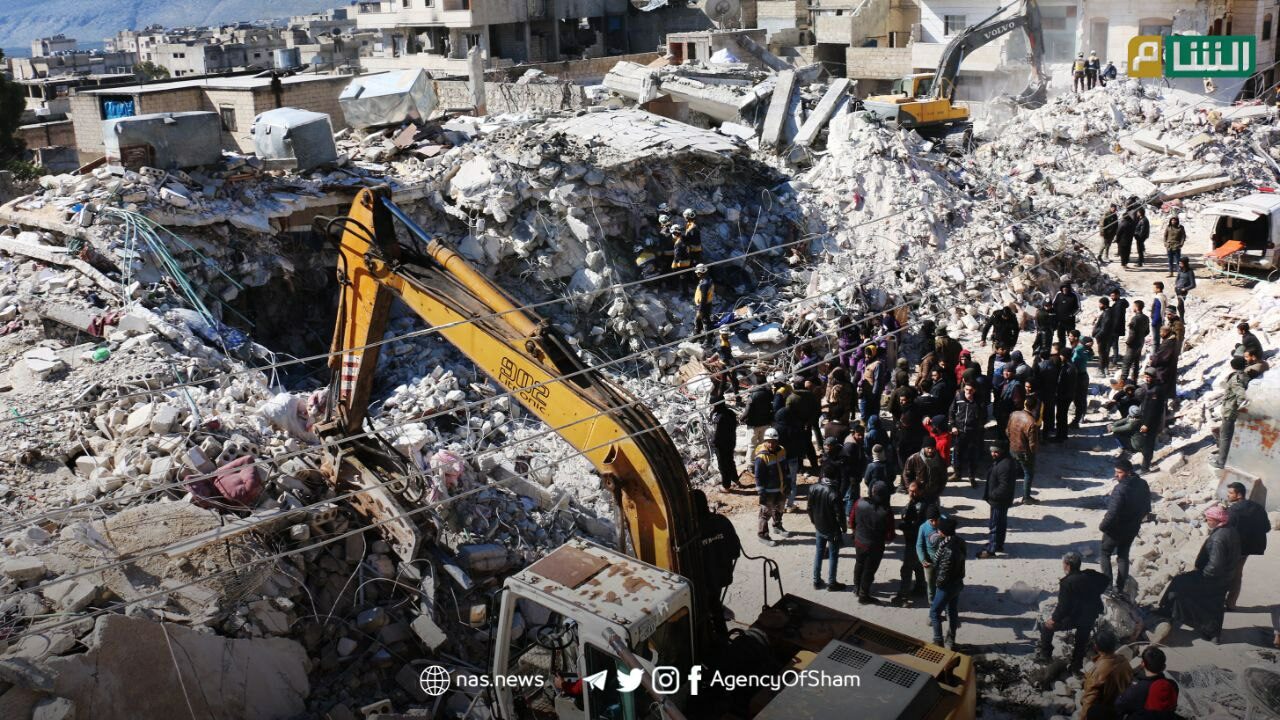
L24: In terms of previous earthquakes in the region and globally what makes this incident in particular so deadly and destructive?
See above — the fact that it ruptured such a long segment of faults that extend through the crust, close to where people live. For shaking/damage, magnitude is important, but the three-dimensional distance to the fault is also extremely important. If an earthquake is offshore or deep, the energy spreads out and drops in severity before it reaches places where people live. The vulnerability of structures also matters a lot as well.
L24: Historically, when compared with previous events throughout the world, how does what we are seeing today rank, in terms of these previous disasters?
It’s hard to rank disasters because they are so different. This earthquake sequence is impacting a huge area: so many cities, villages, and people. Disaster is compounded, clearly, when a natural disaster strikes an area that is already facing other challenges. The human impact has been so tragic, not only in deaths but injuries. It may take a while before the death toll is even known.
The earthquake appears to have been less deadly than a number of recent earthquakes: Haiti, 2010; China, 2008; Kashmir, 2005. All of them caused over 80,000 deaths. The 2004 Andaman-Sumatra earthquake didn’t cause a large death toll due to shaking, but the tsunami killed over 200,000 people. The deadliest earthquake in recent history was the 1976 Tangshan, China earthquake, with a death toll of at least 250,000.
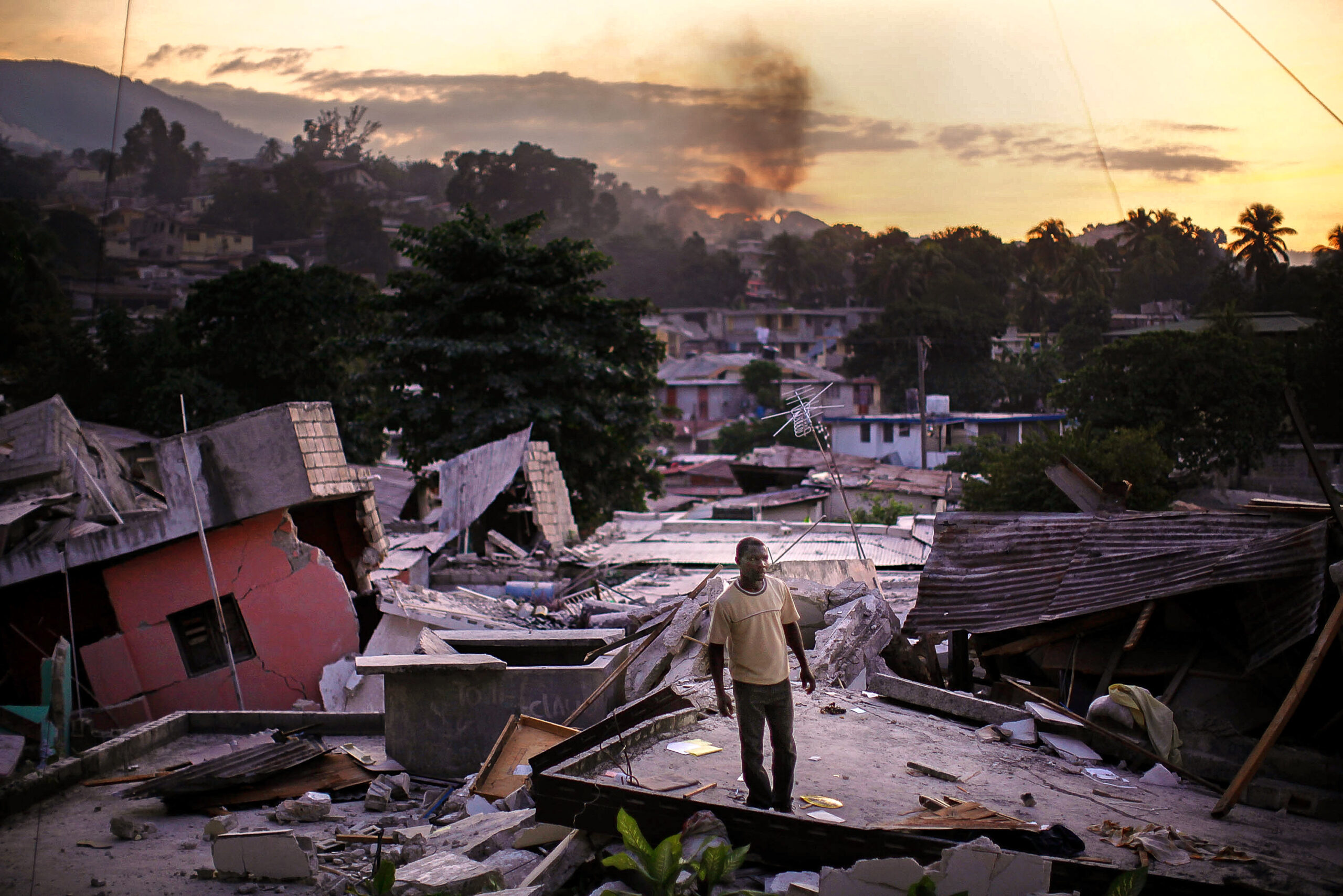
L24: What are the greatest dangers presented by these types of events?
Substandard construction. It is possible to build structures that will withstand even severe earthquake shaking. But the fundamental problem, even more than construction, is poverty. Or maybe uneven distribution of the world’s resources. I’ve never been to Syria, and have visited Turkey only twice, but I’ve visited Haiti many times since 2010. So many people there struggle to find enough food and clean water.
L24: How easy is it to predict seismic events? Are there methods in practice similar to those used in predicting meteorological events and how accurate or reliable are these models?
There is no way to predict when an earthquake will occur, not precisely. Geologists are able to assess the average long-term rates of earthquakes on major faults, and calculate the expected average rate of future events. For example we know the San Andreas fault will eventually produce another earthquake as large as the 1906 San Francisco earthquake. But there’s no way to know when it will be.
Meteorology is different because we can see the atmosphere, and watch storms brewing. Earthquakes nucleate kilometers below the surface – instruments give us only snippets of data to try to understand what’s going on.
L24: How likely is it that another event of this magnitude will occur again, regionally or globally and what can be done to better prepare for such disasters?
With proper engineering and construction buildings can be safe — they might be damaged in a very large earthquake, but they can be engineered well enough to not collapse.
On average there is about one earthquake as large as magnitude 8 somewhere in the world every year. Earthquakes this large are not necessarily damaging, if they are offshore, deep, or in a very remote area. We worry about large and even pretty large (magnitude 7) earthquakes that are shallow and close to where people live. Recall that the 2010 Haiti earthquake was “only” magnitude 7, but its impact was devastating.

